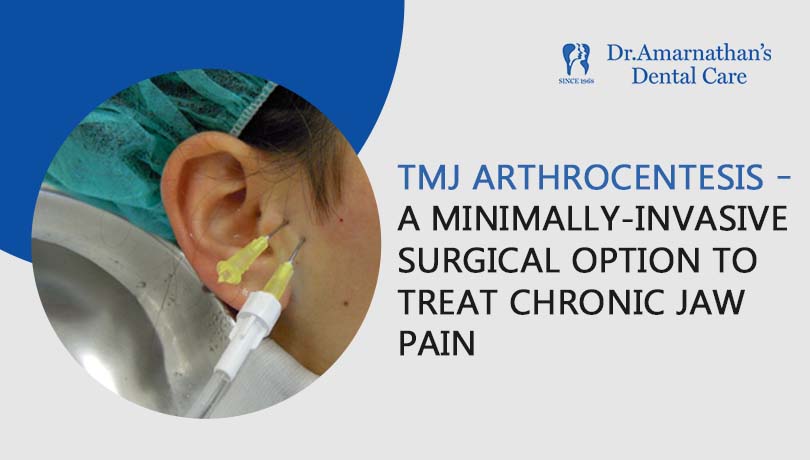
TMJ Arthrocentesis – A minimally-invasive surgical option to treat chronic jaw pain
Jaw pain typically occurs when there is tension in the Temporomandibular Joint (TMJ). The TM joint is a piece of connective tissue that holds the jawbone and skull together. It allows certain lower jaw movements, such as opening and closing the mouth. Even while jaw pain is a common concern, you should not ignore it if the jaw ache persists or radiates to the facial regions.
Pain relievers, TMJ exercises, muscle relaxants, bite splints and anti-inflammatories are not sufficient to treat chronic jaw pain.
In such cases, dentists prefer different therapeutic solutions like neuromuscular orthodontics and surgical options to provide a permanent cure. In this blog post, we have explained one of the surgical options – Arthrocentesis TMJ (Jaw joint Arthrocentesis). Please keep reading to know more about it.
What is meant by Arthrocentesis TMJ?
Arthrocentesis, prevalently known as joint aspiration, is recommended to treat musculoskeletal problems. It tends to eliminate synovial fluid in the joints. It can be done to make joint movements easier in places like the hip, ankles, elbows, etc. Jaw joint is not an exception.
When it is performed to treat TMJ disorder, the procedure aims at cleaning the area around the jaw joint using medical solutions like saline.
If you want a minimally invasive surgical option to treat TMJ pain, this will match your needs.
What is the procedure involved in Jaw joint Arthrocentesis?
As discussed earlier, Arthrocentesis TMJ is a minor surgical procedure. It is performed under local anesthesia. Then dentists insert two needles carefully at an area in front of the ear to access TMJ.
It is followed by injecting a special sterile solution consisting of saline, anti-inflammatory steroids, and collagen components into the TMJ through one needle. The fluid pumped under pressure into the jaw joint space takes care of flushing the fluid buildup in that region. Meanwhile, the other needle retrieves the sterile solution and fluid buildup.
How can jaw functionality get restored with TMJ Arthrocentesis?
When the space around the jaw joint is cleaned with Arthrocentesis, the fluid that carries inflammatory agents is eliminated. It implies that the procedure lessens swelling in TMJ, due to which the following benefits occur:
- The stress within the joint is significantly reduced.
- The disc mobility is improved.
- Restores the effectiveness of lower jaw movements
In simply, this minimally invasive procedure alleviates inflammation, adhesion, and excessive tissue piled up in the jaw joint space. Thus, there is no constraint on the lower mandible’s motion.
Are there any negative effects associated with TMJ arthrocentesis?
No. It does not harm your oral cavity, but you might encounter certain discomforts for a few days following the surgery. It is not uncommon and occurs as the region near the facial nerve is accessed. Likely, the severity of discomfort also varies by the anatomy of the Jaw joint.
The possible complications following a jaw joint arthrocentesis include:
- Numbness in areas around the Jaw joint
- Scar in the treated region
- Swelling in the jaw area
- Not being able to raise the eyebrow, wrinkle
- Difficulty to bite
You should adhere to the guidance provided by your dentist to address such post-operative challenges.
Bottom line
If you are looking for surgical alternatives to get your jaw pain treated, you have options like Open Joint Surgery, Arthrocentesis, Temporomandibular Arthroscopy, and Modified Condylotomy.
Arthrocentesis is the least invasive procedure to repair the Jaw joint. However, the severity of the problem and the TMJ anatomy determine whether a person can get this clinical procedure. It involves flushing the inflammatory agents around the Jaw joint by pumping a sterile solution under pressure.
Remember that if you do not follow the prescribed aftercare instructions or neglect chronic pain after the surgery, it will increase the risk of severe complications such as infra-temporal region infection, upper airway compression, etc.

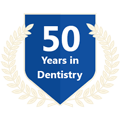


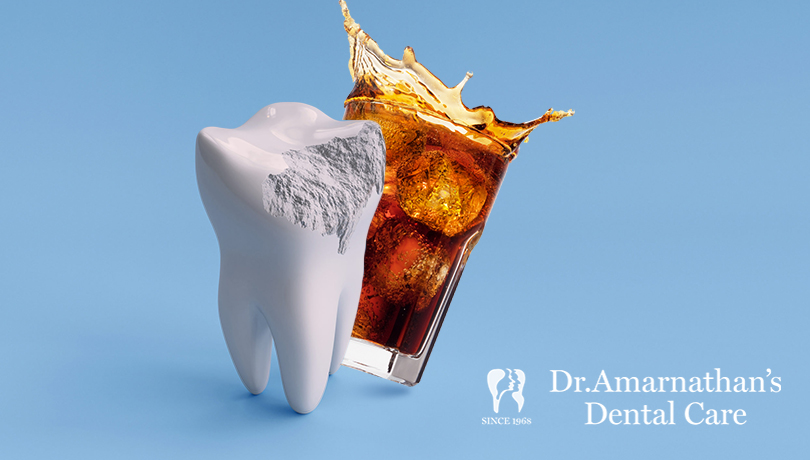
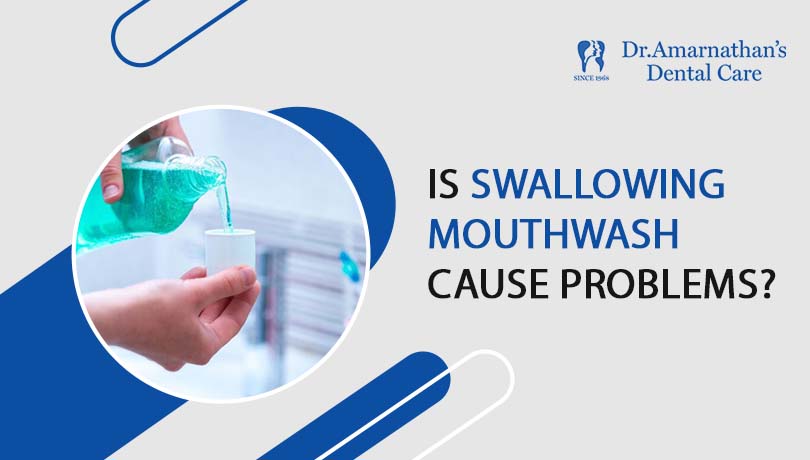
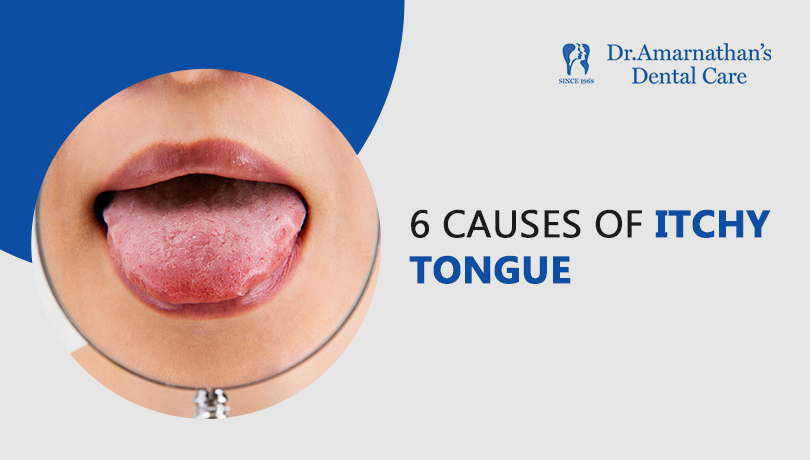
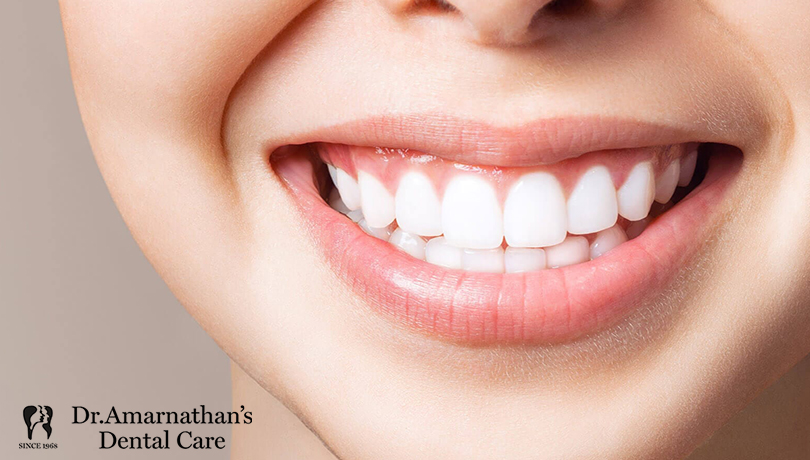
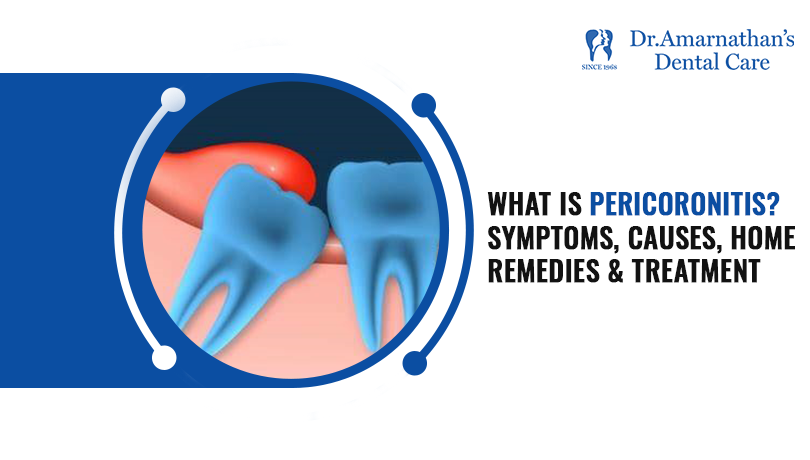
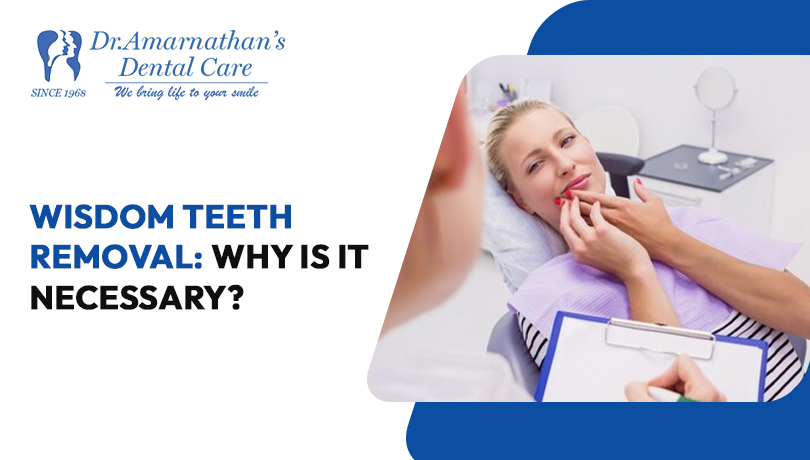


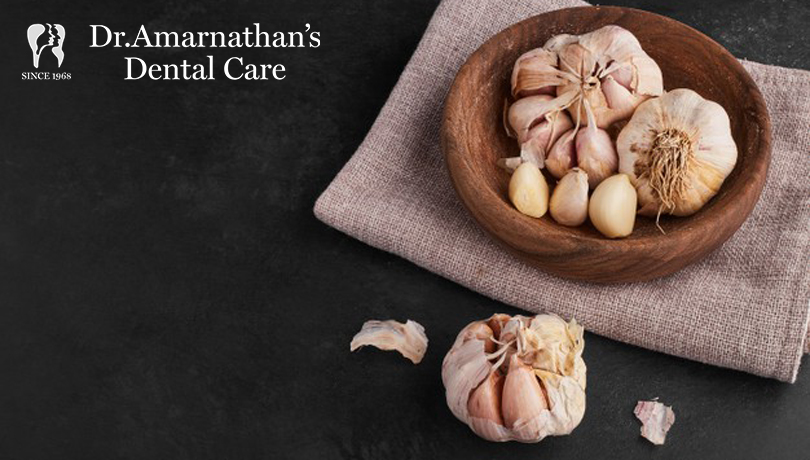
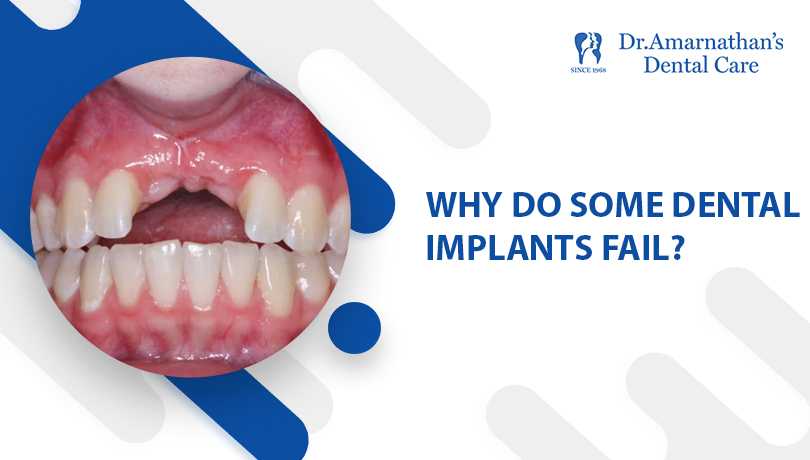
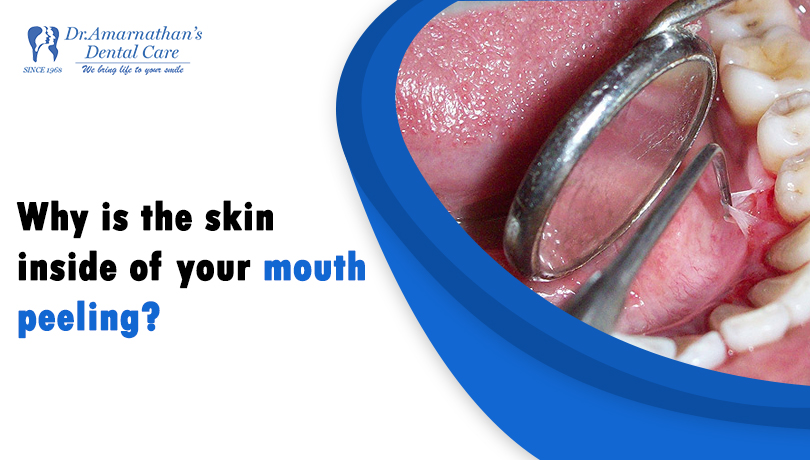
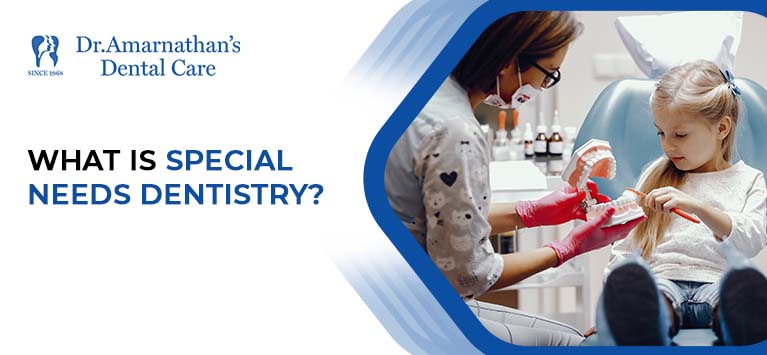
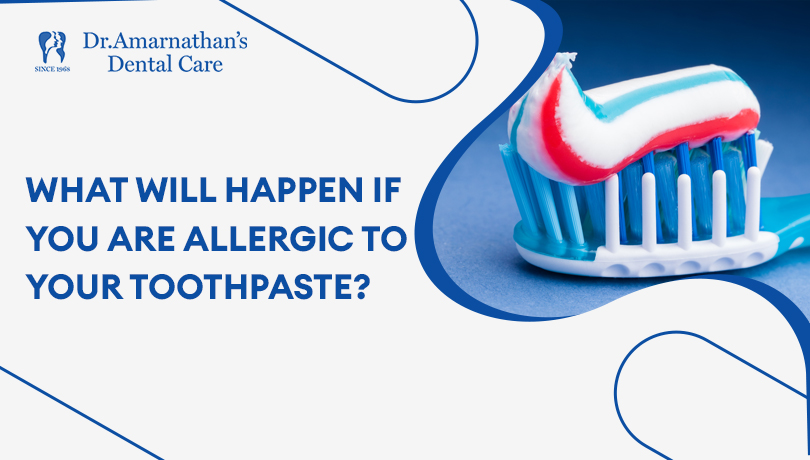
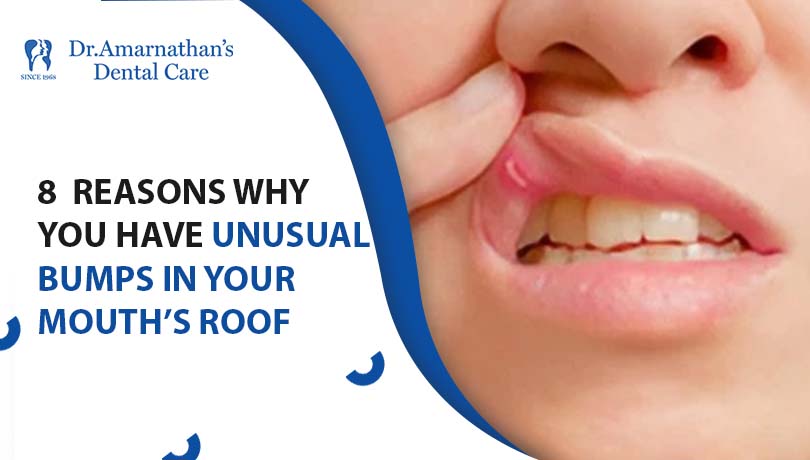


Идеальная свежесть вашего дома или офиса — это гораздо ближе, чем вы думаете! Наша клининговая компания предлагает профессиональные услуги уборки в Санкт-Петербурге. Мы внимательны о каждом уголке, высвобождая вас от рутины и даря возможность наслаждаться свободным временем. Используем только безопасные и эффективные средства, а также передовые технологии для достижения безупречного результата. Нажимайте Уборка генеральная Наши неоспоримые преимущества: Квалифицированные специалисты по чистоте, гибкий график и внимание к вашим пожеланиям к каждому обратившемуся. Переложите ответственность на наши плечи и просто расслабьтесь. Мы облегчим вашу рутину! Не упустите шанс улучшить свою жизнь и заказывайте уборку прямо сейчас!
Ищете надежную помощь в наведении порядка квартиры в Санкт-Петербурге? Наша команда специалистов дает гарантию чистоту и порядок в вашем доме! Мы используем только безопасные и эффективные средства, чтобы вы могли наслаждаться свежестью без хлопот. Тапайте https://profuslugi24.ru – Уборка после смерти человека Не прозевайте шанс сделать свою жизнь проще и комфортнее.